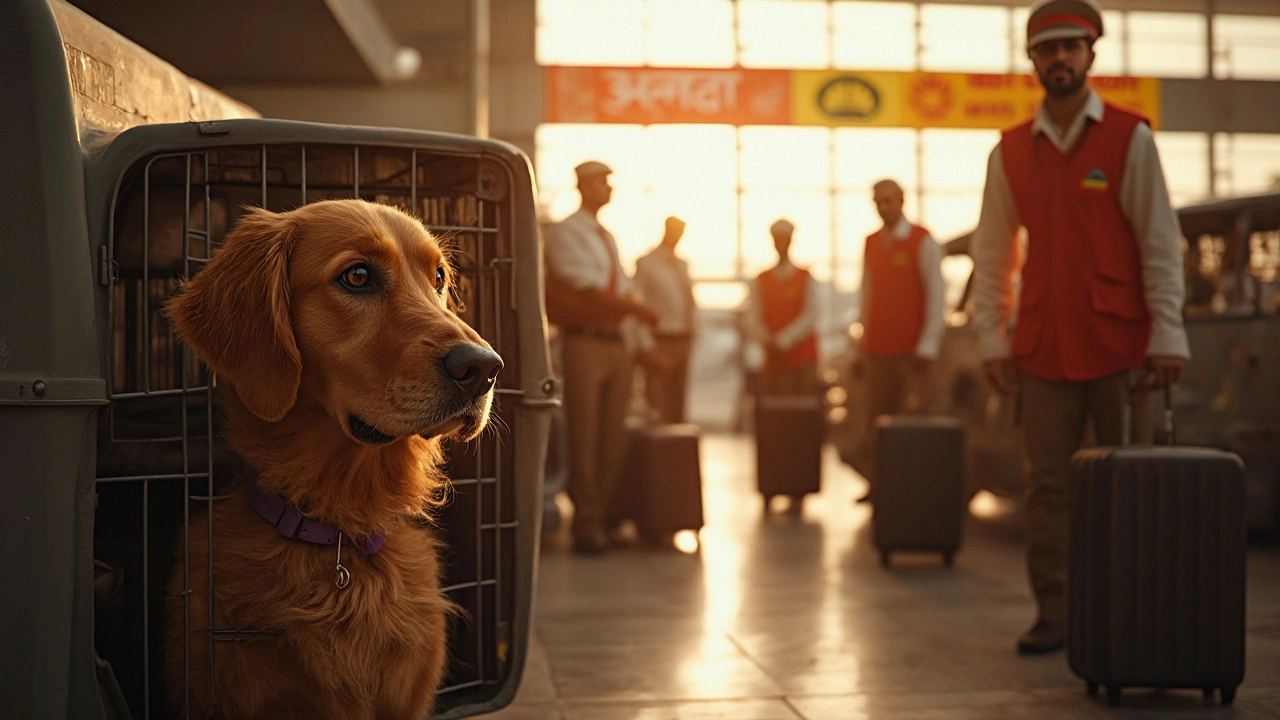Airline Pet Travel: How to Fly Your Dog or Cat Without Stress
Got a trip coming up and your dog or cat wants to come along? You don’t have to leave them at home. With the right airline, the proper paperwork, and a few smart prep steps, you can get your pet onto a plane safely and comfortably. Below is a quick‑to‑follow guide that covers everything you need to know before you book that ticket.
Choosing the Right Airline and Flight Type
Not every airline treats pets the same. Some let small dogs and cats in the cabin for a fee, while others only accept larger animals in the cargo hold. Start by checking the airline’s pet policy page—look for cabin weight limits (usually 15‑20 lb), breed restrictions (bulldogs, brachycephalic dogs often banned), and seasonal cargo bans (extreme heat or cold). If you’re flying internationally, verify import rules for the destination country; you’ll often need a health certificate issued within 10 days of travel.
When you can, book a direct flight. Layovers mean extra handling, more chances for your pet to get misplaced, and longer exposure to temperature changes. If a direct route isn’t possible, aim for the shortest layover and choose an airline that offers a pet‑friendly terminal or dedicated cargo area. Some carriers even let you track your pet’s location in real time—great for peace of mind.
Preparing Your Pet for the Journey
The crate is the most important piece of gear. It must be airline‑approved: hard‑sided, vented on at least three sides, and large enough for your pet to stand, turn around, and lie down. Add a familiar blanket or shirt with your scent to keep anxiety low. Put a water bottle that won’t spill and label the crate with your contact info, pet’s name, and flight details.
Visit your vet 2‑3 weeks before the trip. Ask for a health certificate, up‑to‑date vaccinations, and a copy of any required parasite treatments. Some airlines also ask for a recent microchip scan. If your pet gets nervous in cages, practice short stays in the travel crate at home. Throw in treats and short walks to build a positive association.
On travel day, feed a light meal about four hours before departure and limit water intake an hour before the flight to reduce bathroom emergencies. Arrive at the airport early—most airlines require check‑in at least two hours before a domestic flight and three hours for international routes. This gives staff enough time to process your pet’s paperwork and place the crate in the hold or cabin.
During the flight, keep the cabin temperature in mind. If your pet is in the cabin, ask the flight attendant to check the vent flow around the crate. For cargo, many airlines maintain a temperature‑controlled hold, but it’s still wise to avoid extreme weather by traveling in cooler months when possible.
After landing, give your pet a chance to stretch, hydrate, and go to the bathroom as soon as you can. A short walk or a quick run to the pet relief area will help calm any post‑flight jitters. If your pet shows signs of stress—excessive panting, vomiting, or lethargy—contact a vet right away.
Flying with a pet does take a bit of extra planning, but it’s far from impossible. By picking the right airline, using an approved crate, and handling the paperwork early, you’ll turn a potentially stressful experience into a smooth adventure for both you and your furry companion.

Is It Safe for Dogs to Fly in Cargo? What Every Pet Owner Should Know
Flying a dog in cargo isn’t as simple as booking a ticket and hoping for the best. Some dogs handle it just fine, but others face serious risks. This article explains what can go wrong, what airlines actually do to keep your dog safe, and how you can prepare to lower the risks. You’ll get hard facts, plus practical tips to help you decide if cargo is right for your pet. Let's make sure your pup’s next trip is as stress-free as possible.
read more



